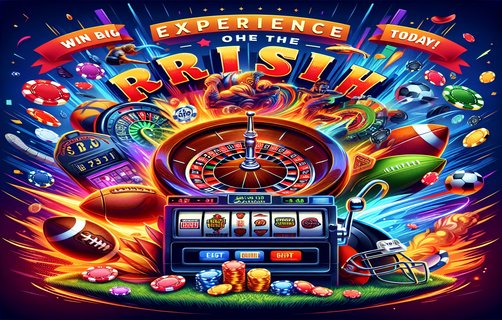Mastering the Art of Gambling: A Comprehensive Guide to Custom Playing Cards and Strategy
In the ever-evolving world of gambling, the demand for personalized experiences has never been stronger. Custom playing cards provide a unique twist that enhances the thrill of games such as Omaha poker, baccarat, and slot machines, while fostering a deeper connection among players. This guide explores the multifaceted player experience, focusing on critical aspects such as game strategy, table image management, and tilt control methods, all underpinned by the significance of market insights and multi-device compatibility.
Omaha Poker Strategies have gained immense popularity due to the intricacies involved in the game. Unlike traditional poker, Omaha requires players to deal with four hole cards, increasing the potential for creative hands. A key strategy is to focus on position; understanding how to leverage your seating at the table can provide a significant advantage. Being aware of the pot odds is equally crucial—calculating how much you stand to win against the amount required to stay in plays an essential role in making informed decisions.
Moreover, slot strategy has evolved into an art form in its own right. Players should consider their betting patterns and the types of slots they choose to maximize their entertainment and potential returns. Understanding the concept of Return to Player (RTP) can guide players toward slots that are statistically more favorable. Additionally, exploring progressive jackpots and the variance levels of different machines can help players tailor their gaming experience to match their risk tolerance and payout ambitions.
In table games such as baccarat, maintaining a solid table image is vital. A player’s perceived image can influence the dynamic at the table significantly. For instance, being viewed as a conservative player might encourage risk-takers to bluff more often, while an aggressive image could intimidate others, making them less inclined to play back. Reading the table and adjusting your strategy, including your betting style, can prove advantageous in fostering a favorable playing environment.
As technology advances, multi-device compatibility has become essential for today’s gambling experience. Players expect seamless transitions from desktops to mobile devices, ensuring an uninterrupted experience regardless of where they play. Designing custom playing cards that integrate well with various devices and platforms can elevate the user experience, making it accessible and enjoyable.
Understanding the gambling landscape through regular market reports provides valuable insights to players and developers alike. Keeping abreast of trends, regional interests, and emerging game types allows players to make informed decisions about which games and strategies are proving successful. For developers, market analysis can drive innovation, tailoring specific games or elements to meet player preference and demand.


One of the most challenging aspects of gambling is tilt control. Players often experience emotional swings that can severely impact decision-making. Implementing tilt control methods, such as practicing mindfulness or establishing loss limits, can offset impulsive actions, steering players back toward rationality. Encouraging breaks during gameplay can also foster a clearer mindset, allowing for better strategic planning.
The analysis process can be broken down into several phases: first, recognizing your playing style and adapting environments accordingly; then, absorbing market trends and integrating them into custom card designs; and finally, applying strategic gameplay principles alongside emotional regulation techniques. By honing in on these elements, players can craft a personalized and enhanced gambling experience, turning standard gaming into a tailored adventure where one is in control of both strategy and emotion.
